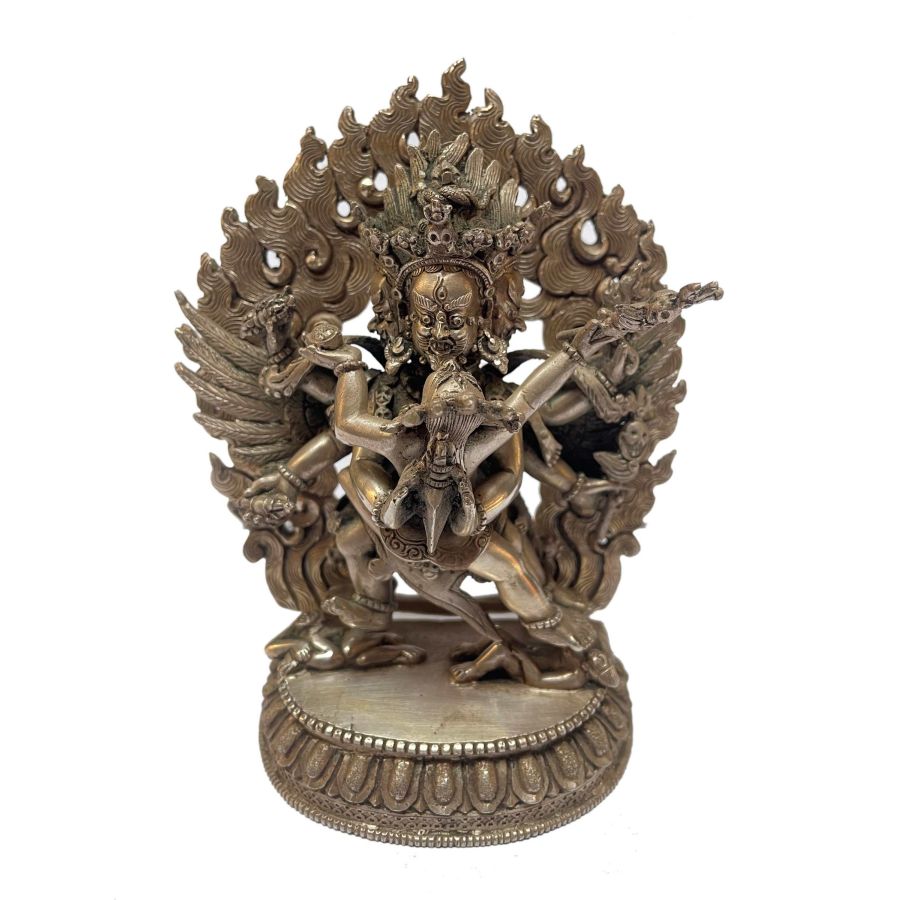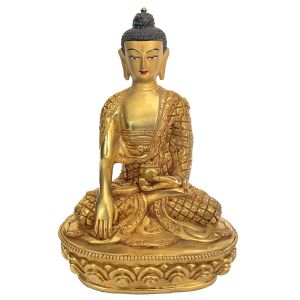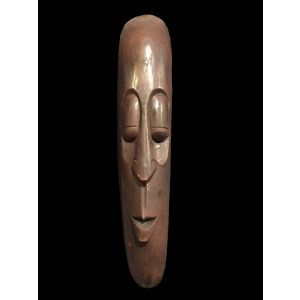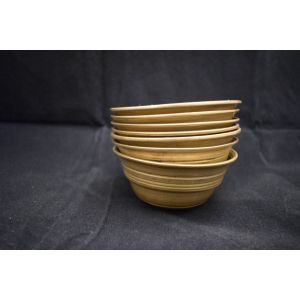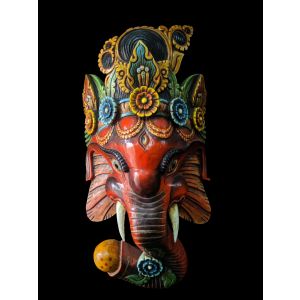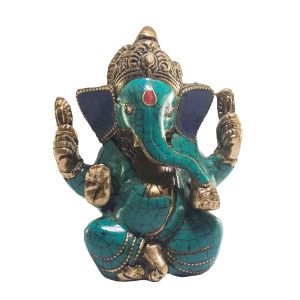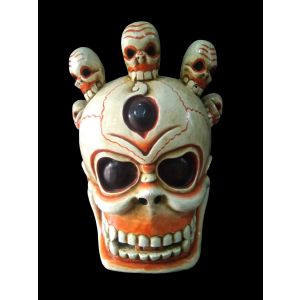Masterpiece , Sterling Silver, 596 Gram Statue of Vajrakilaya, Old Stock
| Seller | Handmade Handicraft |
|---|---|
| Product Tags | Handmade, Handicraft, Craft, Statue, Idol, Sculpture, Silver Sterling, Vajrakilaya, Vajrakilaya Statue, Statue of Vajrakilaya |
| UK Size | 4 |
| Seller | Admin |
